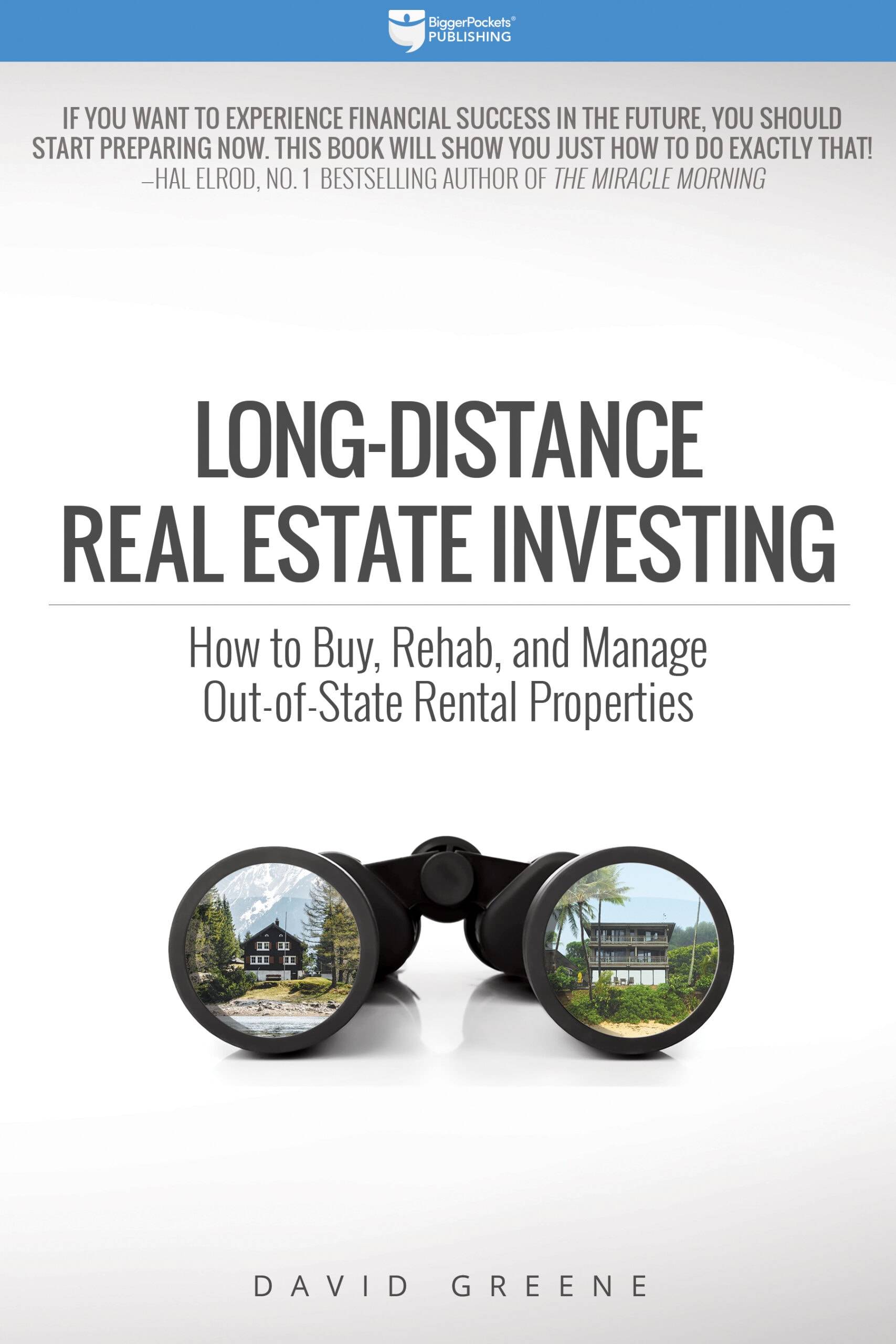Virtual house flipping can be an exciting, lucrative way to get involved in real estate investing. But as with as any type of investment, it’s important to understand the finer details to determine where you fit in.
What Is Virtual House Flipping?
Virtual house flipping refers to the process of buying, renovating, and selling properties for profit without physically being present at the location of the property.
The differences between virtual house flipping and traditional house flipping run deep, including:
- Management: Virtual flipping uses technology for remote management, unlike traditional flipping, which requires being on-site for key tasks.
- Tools and platforms: Virtual flipping relies on digital tools for research and tours, not in-person visits to the property.
- Communication: Virtual flipping involves digital communication, contrasting with the face-to-face interactions of traditional flipping.
- Risk assessment: Virtual flipping depends on online data for property evaluations, not physical inspections.
- Market accessibility: Virtual flipping offers access to global markets, while traditional flipping is mostly local.
- Reliance on partners: Success in virtual flipping depends on trusted local partners, while traditional flipping allows for direct involvement.
- Efficiency and costs: Virtual flipping can save time and reduce travel costs, compared to hands-on traditional flipping.
Pros and Cons of Virtual House Flipping
Before diving into the deep end of virtual house flipping, first familiarize yourself with the pros and cons. This will help you decide if it’s the right path forward for you.
Pros
- Wider market access: Virtual flipping allows investors to explore and invest in markets anywhere, breaking geographical constraints and offering a broader range of opportunities.
- Reduced physical effort: Virtual flipping eliminates the need for physical presence, saving time and reducing travel expenses.
- Process efficiency: Using digital tools and platforms streamlines research, purchasing, and selling processes.
- Lower barrier to entry: Virtual flipping can lower entry barriers for new investors, as it requires less hands-on experience and enables learning and managing remotely.
- Flexibility: It offers greater flexibility in managing investments, allowing investors to balance flipping activities with other commitments.
Cons
- Greater dependence on technology: Virtual flipping requires reliable internet access and proficiency with digital tools.
- Increased risk of misjudgment: Without physical inspections, there’s a greater risk of overlooking property issues.
- Reliance on local teams: Success heavily depends on finding trustworthy local contractors and agents, which can be difficult without local knowledge or connections.
- Less control over renovations: Managing renovations remotely can lead to less control over the quality and timeline of work.
- Market research challenges: Accurately assessing market conditions and property values from afar requires strong research skills and may result in less precise evaluations.
The Virtual House Flipping Process (Step-by-Step)
Generally speaking, the virtual house flipping process is the same as traditional house flipping. However, since you’re doing it virtually—not in person—there are several key differences in the process. Here are the steps you can expect to take.
Market research
Analyze online real estate market data to identify emerging trends and investment opportunities. Leverage digital analytics tools to assess property demand, rental yields, and neighborhood growth potential.
Finding the right properties
Utilize online platforms and real estate databases to identify potential investment properties. Analyze neighborhood trends and property values through virtual tours and satellite imagery.
Financing
Secure financing through online lenders or traditional financial institutions offering virtual application processes. Compare loan terms and rates digitally to find the best financing option.
Conducting due diligence remotely
Employ digital tools to review property histories, local zoning laws, and potential liens. Schedule virtual inspections and appraisals to assess property condition and value without onsite visits.
Making the purchase
Negotiate purchase terms using digital communication, and execute contracts through electronic signatures. Complete the transaction with online escrow services to ensure a secure remote closing process.
Renovating and staging virtually
Coordinate with contractors and designers remotely, relying on digital plans and virtual reality tools for visualizing renovations. Use virtual staging software to showcase the property’s potential to buyers.
Selling for a profit
List the property on online real estate platforms, utilizing high-quality photos and virtual tours. Conduct virtual showings and negotiations, closing the sale with digital documentation and transactions.
Tips for Success
Now that you understand the process of virtual house flipping, let’s discuss some tips you can implement to improve your chance of success:
- Build a reliable team: Assemble a network of trusted local professionals, including real estate agents, contractors, and property managers, to ensure quality work and informed decisions.
- Focus on accurate valuations: Invest time in learning how to accurately assess property values remotely, considering market trends, property conditions, and local factors.
- Implement strong marketing strategies: Utilize social media, real estate websites, and virtual staging technologies to attract a wider audience and sell properties faster.
- Prepare for contingencies: Have a contingency plan for unexpected issues, such as renovation delays or market downturns.
- Partner with an experienced local agent: Collaborate with a real estate agent who has experience flipping properties to gain insights into local market dynamics. Consider this person your “feet on the ground.”
Final Thoughts
Virtual house flipping opens a new door in real estate investing by blending traditional strategies with digital innovation. To win big with virtual house flipping, you must have a defined process that allows you to effectively manage the purchase, renovation, and sale of a property from a distance. This guide will position you for the success you’re seeking.
Live where you want, and invest where it makes sense!
In this book, David Greene shows you exactly how he’s built a multi-million dollar portfolio through buying, managing, and flipping out-of-state properties, often without ever even seeing the properties in person. He shares every tip, trick, and system he has put in place for over twenty rental properties, so you can avoid making mistakes and shorten your learning curve.
Note By BiggerPockets: These are opinions written by the author and do not necessarily represent the opinions of BiggerPockets.

